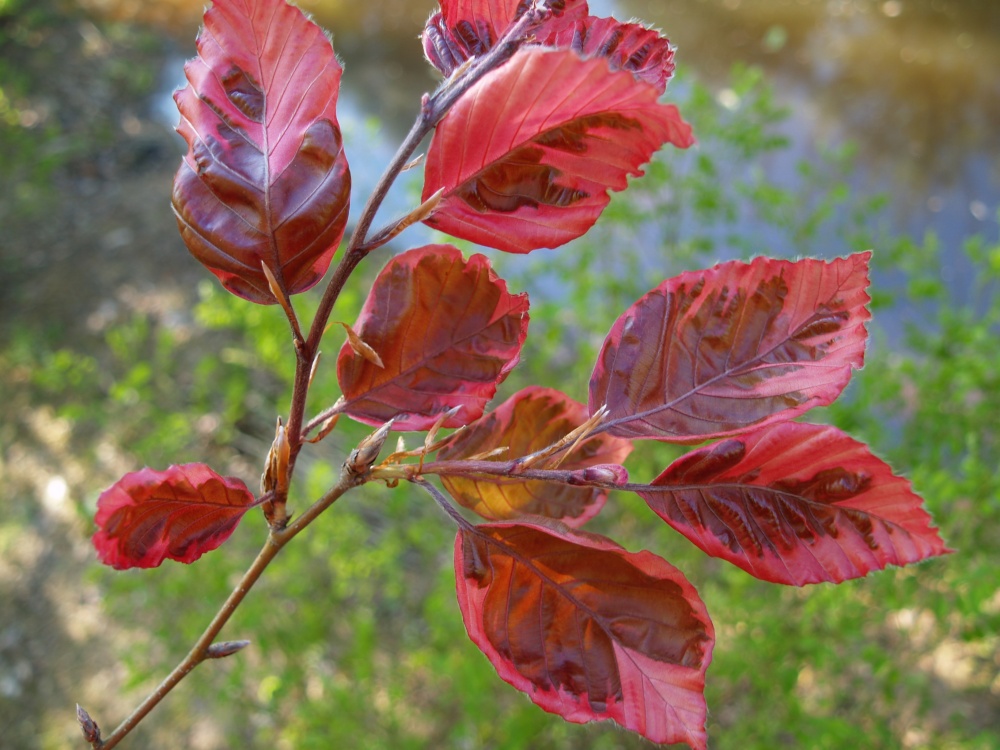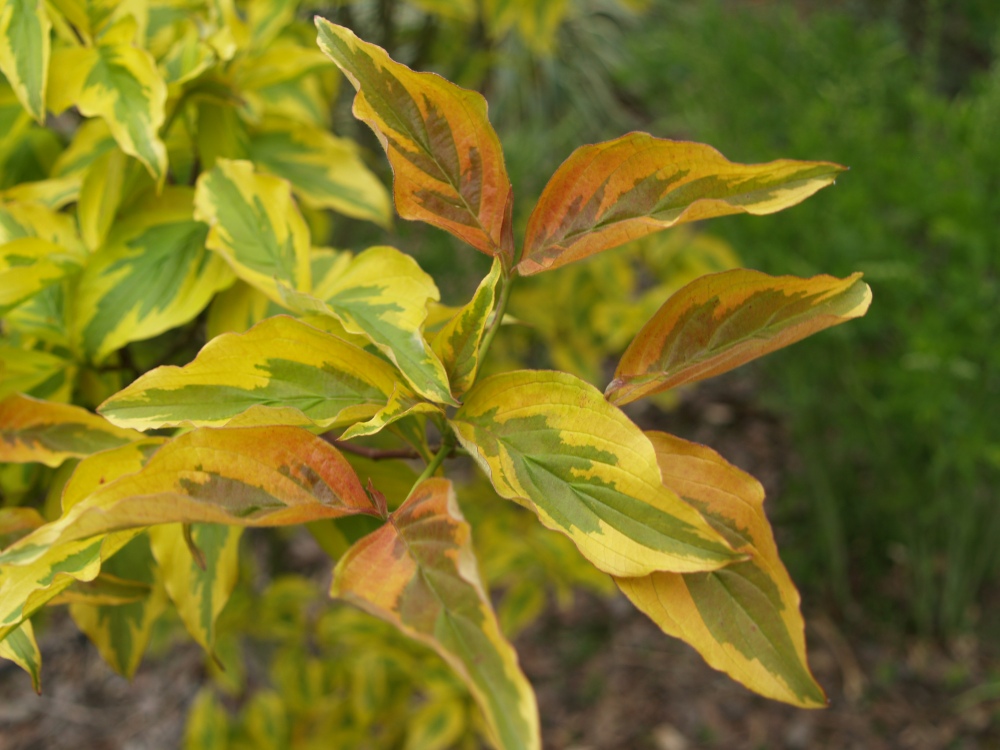A few days ago I included a photo of one of the patios where a green leafed dissectum Japanese maple is perched over two lichen-covered wooden chairs. Let this serve as a warning, if you should ever visit the garden, DO NOT sit on the furniture. This set once included a bench, which maybe ten years ago someone foolishly tried to sit on. It promptly collapsed in a heap,and luckily there were no injuries. The wooden dowels that held the bench together were rotted through, and the miracle is that it didn’t fall down with a puff of breeze.
Since that time I have moved the chairs occasionally to pull weeds and collect debris that accumulates beneath them, but I would never consider sitting on them. I’ve found that even the aluminum chairs by the swimming pond can be dangerous. Several years back a leg snapped off one and I tumbled to the ground, and I’ve had to discard a few when the arms have broken, leaving jagged edges exposed. Jeez, they’re aluminum. They don’t rust. What could be the problem?
I’m not a small fellow, and I suspect that this could be a part of the problem. But, the furniture inside the house doesn’t collapse, and I’m not gargantuan. Now, I only trust to sit on the granite boulders or the stacked stone walls, though I’ve noticed signs of wear on some of the wall stones.
Well, enough about furniture. It’s likely that you don’t care at all, and of course I would not waste a moment of my time reading about chairs. There are many more exciting happenings in the garden, so let us venture back to plants.
Blooms have taken much of our attention since we covered Japanese maples a week ago, so in today’s short entry we’ll get back to some of the interesting foliage in the garden. Redbuds are quite common, and of course most renowned for their purple-pink early April blooms. The large, heart shaped leaves of the native redbud are thick and leathery, so they easily endure our hot summers without wilting or fading. 
The purple leafed ‘Forest Pansy’ (Cercis canadensis ‘Forest Pansy’, above) is at its best through the spring, and even with a bit of shade its color will fade in July, though not so that the tree becomes unattractive. The emerging foliage is particularly dark and glossy, and worth a visit even if its blooms have passed.
‘Hearts of Gold’ redbud (above) has yellow foliage. There are yellow leafed plants that look chlorotic, or diseased, but ‘Hearts of Gold’ does not. Though the one in the garden is threatened by the neighbor’s bald cypress, it shines from beneath the overhanging branches. Unfortunately, it has grown a bit too large to transplant without great trouble, so I’ll consider pruning a branch or two of the cypress.
The foliage of ‘Silver Cloud’ redbud emerges a soft pink, then quickly turns to green with a few small spots of cream before white and pink splotches appear. The mottled color does not fade in the summer’s heat, and often the tree will appear to be in bloom.
When the light is right on a spring evening the foliage of Tricolor beech (Fagus sylvatica ‘Roseo-Marginata’, above) is splendid. This tree is quite slow to become established, though two large, older beech in the garden attest that it is worth the wait. The purple leafed European beech in the front garden refused to grow an inch for several years, and then in its seventh or eighth year it took off. There is not enough room where the tricolor is planted for it to grow so large, so I’m happy to be patient.
Another painfully slow tree in the garden is the ‘Eskimo Sunset’ maple (Acer psuedoplatanus ‘Eskimo Sunset’, above). Now in its third year, I see barely a hint of it getting larger, though it seems to handle the summer sun without burning. Perhaps fifteen years ago a variegated ‘Drummond’ Norway maple faded quickly, lasting only a few years and looking sickly the entire time. The foliage of ‘Eskimo Sunset’ is quite beautiful in the spring, and then it fades to unremarkable speckles of cream and green in July.
Today we’ll finish with the variegated dogwood ‘Cherokee Sunset’ (Cornus florida ‘Cherokee Sunset’, above), which did not bloom this spring, but in other years has nearly red blooms. Variegated foliage plants are often slower growing than the green versions, and this is true of ‘Cherokee Sunset’. I was mildly concerned that the powdery mildew that plagued this tree last summer would cause a problem beyond the lack of flowers, but it appears to be healthy, and the leaves are an equal attraction to the blooms.
I’d love to read the article that was supposed to be in yesterday’s (2011/05/06) “Ramblin’ Through Dave’s Garden” on The Hybrid Dogwoods. However, the URL does not work (results in an Error message). Could it please be reposted?
The dogwood article was a little too anxious and slipped out before it was ready. I expect it will post later this week.